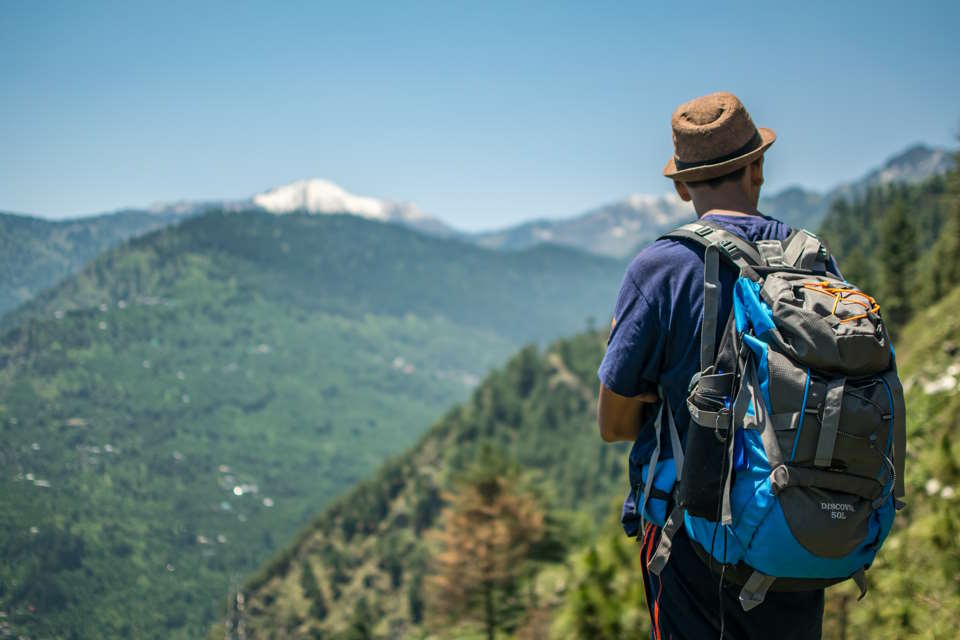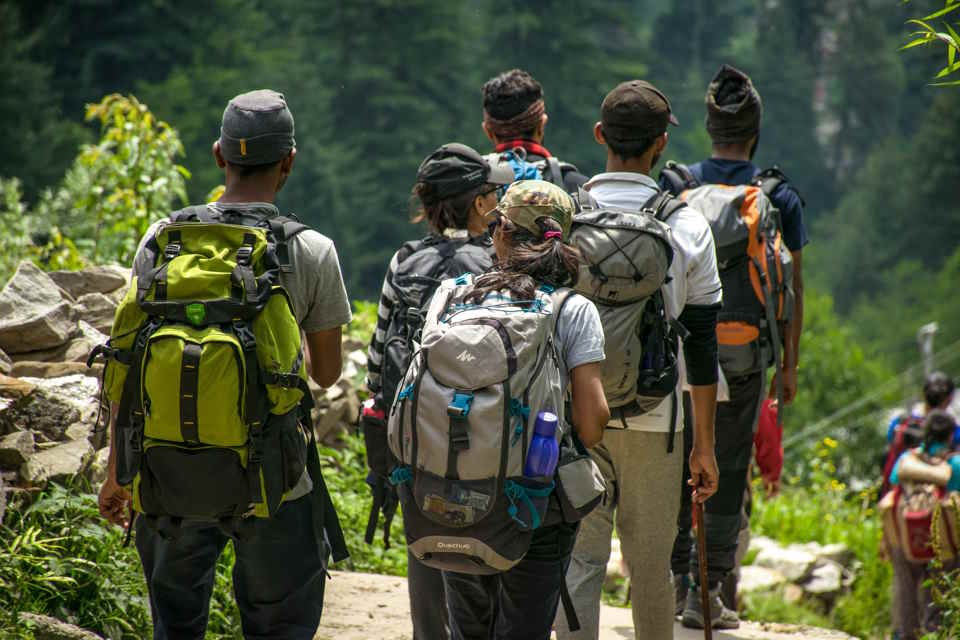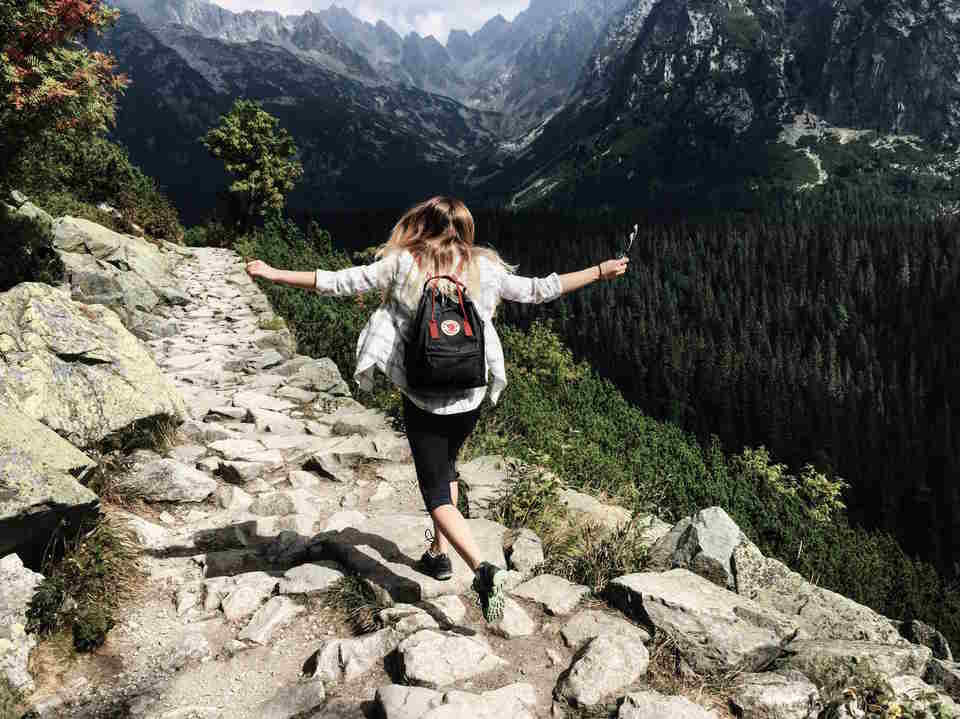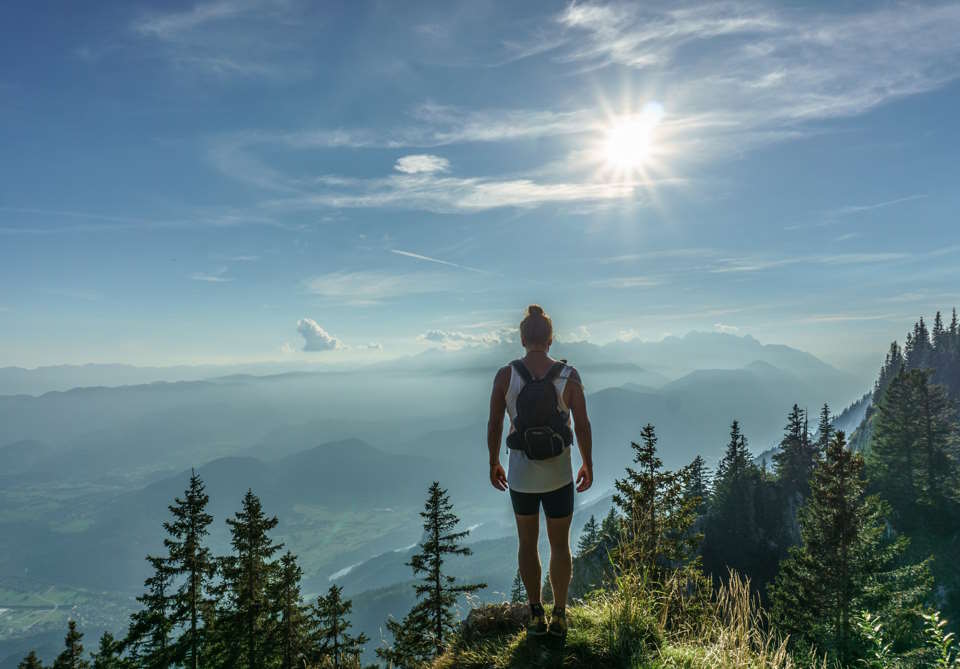In the world of outdoor adventure, long-distance hiking is an exhilarating and challenging pursuit. Whether you are an experienced hiker or a novice, proper preparation is key to ensure a successful and enjoyable journey. From essential gear to training plans, meal preparations, and injury prevention, we will provide you with valuable insights and tips to make your long-distance hiking experience unforgettable. So, lace up your boots, grab your backpack, and get ready to embark on an incredible hiking adventure with the knowledge and confidence needed for a safe and rewarding expedition.
Essential Gear For Long-Distance Hiking

Long-distance hiking can be a thrilling and rewarding adventure, but it’s important to be well-prepared. Having the right gear can make all the difference in ensuring a safe and enjoyable journey. So, what are the essential gear items you need to have before embarking on a long-distance hiking trip? Let’s dive in and find out!
Hiking Boots: One of the most important gear items for long-distance hiking is a good pair of hiking boots. Invest in boots that provide proper ankle support and have a sturdy sole for traction on various terrains. Make sure they fit well and are comfortable, as you’ll be spending hours on your feet.
Backpack: A reliable backpack is crucial for carrying all your essentials. Look for a backpack with a capacity that suits the length of your trip, and adjustable straps for a comfortable fit. Make sure it has multiple compartments to help you organize your gear and distribute weight evenly.
Sleeping Bag and Tent: When hiking long distances, you’ll need a good-quality sleeping bag and tent for a comfortable night’s sleep. Opt for a lightweight, compact sleeping bag suitable for the weather conditions you’ll encounter. Similarly, choose a tent that is easy to set up, durable, and provides sufficient protection from the elements.
| Essential Gear for Long-Distance Hiking: | Item Description |
|---|---|
| Hiking Boots | A good pair of boots with ankle support and traction. |
| Backpack | A reliable pack with adjustable straps and multiple compartments. |
| Sleeping Bag | A lightweight, compact sleeping bag suitable for the weather. |
| Tent | A durable tent that provides protection from the elements. |
Navigation Tools: Getting lost can quickly turn a fun hike into a stressful situation. Bring along a compass and a map of the area you’ll be hiking in. Consider investing in a reliable GPS device or downloading trail maps on your smartphone to help you navigate unfamiliar trails confidently.
First Aid Kit: Accidents can happen even on well-planned hikes. Be prepared for minor injuries by carrying a compact first aid kit. Make sure it includes essentials like adhesive bandages, antiseptic wipes, painkillers, and blister treatment. Additionally, pack any personal medications you may need during your journey.
Water and Food: Staying hydrated and fueled is crucial during long-distance hikes. Carry enough water to last you between water sources, and consider investing in a water filter or purifier for emergencies. Pack lightweight, high-energy snacks and meals that require minimal preparation. Don’t forget to bring extra food in case of unforeseen delays.
Remember, the key to an enjoyable long-distance hiking trip is to be prepared, both mentally and physically. With the essential gear mentioned above and proper planning, you’ll be ready to conquer any trail that comes your way!
Developing A Training Plan For Hiking

Hiking is a wonderful way to explore the great outdoors and challenge yourself physically. Whether you’re planning a day hike or a multi-day trek, having a solid training plan in place is essential to ensure that you’re prepared for the journey ahead. We will explore the key steps to developing an effective training plan for hiking.
Step 1: Assess Your Current Fitness Level
Before you dive headfirst into training for your hiking adventure, it’s important to assess your current fitness level. This will help you determine where you are starting from and set realistic goals for improvement. Consider factors such as your endurance, strength, and balance to get a clear picture of your current capabilities.
Step 2: Set Goals
Once you have assessed your fitness level, it’s time to set goals for your training plan. Do you want to increase your endurance to tackle longer hikes? Improve your strength to handle steeper inclines? Or maybe you want to work on your balance and stability to navigate uneven terrain more effectively. Whatever your goals may be, make sure they are specific, measurable, achievable, realistic, and time-bound (SMART).
Step 3: Plan Your Training Schedule
Now that you have your goals in place, it’s time to plan your training schedule. A well-rounded training plan for hiking should include a combination of cardiovascular exercise, strength training, flexibility work, and hiking-specific training. Aim for at least three to four days of training per week, allowing for rest and recovery days in between.
- Cardiovascular exercise: Incorporate activities like running, cycling, or swimming to improve your endurance and cardiovascular fitness.
- Strength training: Focus on exercises that target the major muscle groups, such as squats, lunges, push-ups, and planks, to build overall strength.
- Flexibility work: Include stretching exercises to improve your flexibility and range of motion, reducing the risk of injuries on the trail.
- Hiking-specific training: Mimic the movements and challenges you will encounter while hiking by incorporating activities like stair climbing, hill repeats, and carrying a loaded backpack during your training sessions.
Step 4: Monitor Your Progress
As you go through your training plan, it’s crucial to monitor your progress. Keep a journal or use a fitness tracking app to record your workouts, distances covered, and any improvements you notice. This will not only help you stay motivated but also allow you to adjust your training plan if needed, ensuring that you’re continually progressing towards your goals.
| Day | Activity | Distance/Time |
|---|---|---|
| Monday | Hiking-Specific Training | 1 hour |
| Wednesday | Strength Training | 45 minutes |
| Friday | Cardiovascular Exercise | 30 minutes |
| Sunday | Rest or Flexibility Work | – |
Step 5: Gradually Increase Intensity
In order to avoid overtraining and minimize the risk of injuries, it’s important to gradually increase the intensity of your training. Start with shorter hikes or lower weights and gradually build up your distance, duration, or resistance over time. Listen to your body and take rest days when needed to allow for recovery.
By following these steps and developing a well-thought-out training plan, you’ll be well-prepared to tackle any hiking adventure that comes your way. Remember to stay consistent, stay motivated, and most importantly, enjoy the process of preparing for your upcoming hikes!
Creating A Nutritious Meal Plan For Hiking

Are you planning a hiking adventure? Hiking is a fantastic way to explore nature, challenge yourself, and enjoy stunning views. But, before you hit the trails, it’s crucial to fuel your body with the right nutrients. Creating a nutritious meal plan for hiking is essential to keep your energy levels high and ensure a successful and enjoyable hike. We will provide you with some valuable tips and tricks for planning your meals and snacks, so you can make the most out of your hiking experience.
First and foremost, it’s vital to understand the importance of balanced meals. Hiking requires endurance, strength, and stamina, so your meal plan should reflect those needs. Make sure your meals contain a good balance of carbohydrates, proteins, and healthy fats. Carbohydrates will provide you with the necessary energy, while proteins will help repair and build muscle tissue. Don’t forget about those healthy fats that will keep you feeling satisfied and provide long-lasting energy.
When it comes to planning your meals, opt for lightweight and easy-to-carry options. You don’t want to be burdened by heavy, bulky food items during your hike. Consider foods like nuts, dried fruits, energy bars, and jerky, which are all lightweight and packed with essential nutrients. These snacks can provide you with quick bursts of energy and are easy to consume on the go.
- Include a variety of fruits and vegetables in your meal plan. Fruits and vegetables are packed with vitamins, minerals, and antioxidants that will help keep your body functioning optimally during those long hikes. They also provide hydration, as many fruits and vegetables have high water content.
- Don’t forget to stay hydrated! Water is essential for any physical activity, and hiking is no exception. Make sure to carry a sufficient amount of water and drink regularly throughout your hike. You can also consider packing some electrolyte-rich drinks or bringing water purification tablets for longer hikes.
In addition to snacks and hydration, it’s also important to plan for proper meals during your hike. A hearty trail mix with nuts, seeds, and dried fruits can be a great option for a quick and nutritious meal. Alternatively, you can pack sandwiches with whole grain bread, lean proteins like turkey or chicken, and plenty of vegetables. Wraps or homemade energy bars are also excellent choices since they are portable and can provide you with a good balance of nutrients.
| Meal Idea | Main Ingredients |
|---|---|
| Trail Mix | Nuts, dried fruits, seeds |
| Vegetable Sandwich | Whole grain bread, turkey/chicken, lettuce, tomato, cucumber |
| Energy Bars | Oats, nuts, honey, dried fruits |
Lastly, remember to pack your food items properly to keep them fresh and safe to consume during your hike. Invest in airtight containers, resealable bags, or a cooler bag depending on the nature of your food items. You don’t want your sandwiches turning soggy or your energy bars getting crushed!
Tips For Preventing And Treating Hiking Injuries

When it comes to hiking, the last thing any adventurer wants is to be sidelined by an injury. However, hiking is a physically demanding activity that can put stress on different parts of your body. But fear not, fellow hikers! With the right precautions and know-how, you can prevent and treat hiking injuries like a pro. So, lace up your boots and let’s dive into some valuable tips that will keep you on the trails and out of the doctor’s office!
1. Wear the Right Gear: Investing in proper hiking gear is crucial for injury prevention. Ensure you have sturdy and comfortable hiking boots that provide ankle support and grip. Don’t forget a well-fitting backpack with padded straps to distribute the load evenly and reduce strain on your back and shoulders. Additionally, wearing moisture-wicking clothing and sunscreen will protect your skin from sunburn and heat-related injuries.
2. Warm Up and Stretch: Just like any other physical activity, warming up your muscles before a hike is essential. Start with a brisk walk or some light jogging to increase blood flow and prepare your body for the upcoming exertion. After your warm-up, don’t forget to stretch your muscles, paying extra attention to your calves, thighs, and hips. This will enhance your flexibility and reduce the risk of strains and sprains during the hike.
3. Hydrate, Hydrate, Hydrate: Staying properly hydrated is crucial for overall health and injury prevention while hiking. Dehydration can lead to muscle cramps, fatigue, and even heatstroke. Before hitting the trail, make sure to drink plenty of water and continue drinking at regular intervals throughout your hike. Hydration packs or water bottles with built-in filters are excellent options to ensure a steady supply of clean water.
4. Know Your Limits: While it’s tempting to push yourself to conquer challenging trails, knowing your limits is key to preventing injuries. Start with shorter and less demanding hikes before progressing to longer and more difficult ones. Listen to your body and take breaks whenever necessary. Overexertion can lead to exhaustion and increase the risk of accidents and falls.
5. Pack a First Aid Kit: Accidents can happen even to the most experienced hikers, so always be prepared with a well-stocked first aid kit. Include essentials like bandages, antiseptic ointment, pain relievers, blister patches, and any personal medications you may need. Knowing how to use the items in your first aid kit is equally important, so educate yourself on basic first aid techniques before hitting the trails.
6. Listen to Your Body: Your body has an amazing way of communicating with you, so be attentive to any signs of discomfort or pain during your hike. Ignoring these signals can lead to more severe injuries. If you experience pain, dizziness, or difficulty breathing, it’s essential to rest, assess the situation, and seek professional medical help if needed.
In conclusion, hiking injuries can be a real setback for outdoor enthusiasts, but they are not inevitable. By following these tips, you can greatly reduce the risk of injuries and enjoy your hiking adventures to the fullest. Remember, prevention is always better than cure, so take the necessary precautions and stay safe on the trails. Happy hiking!




